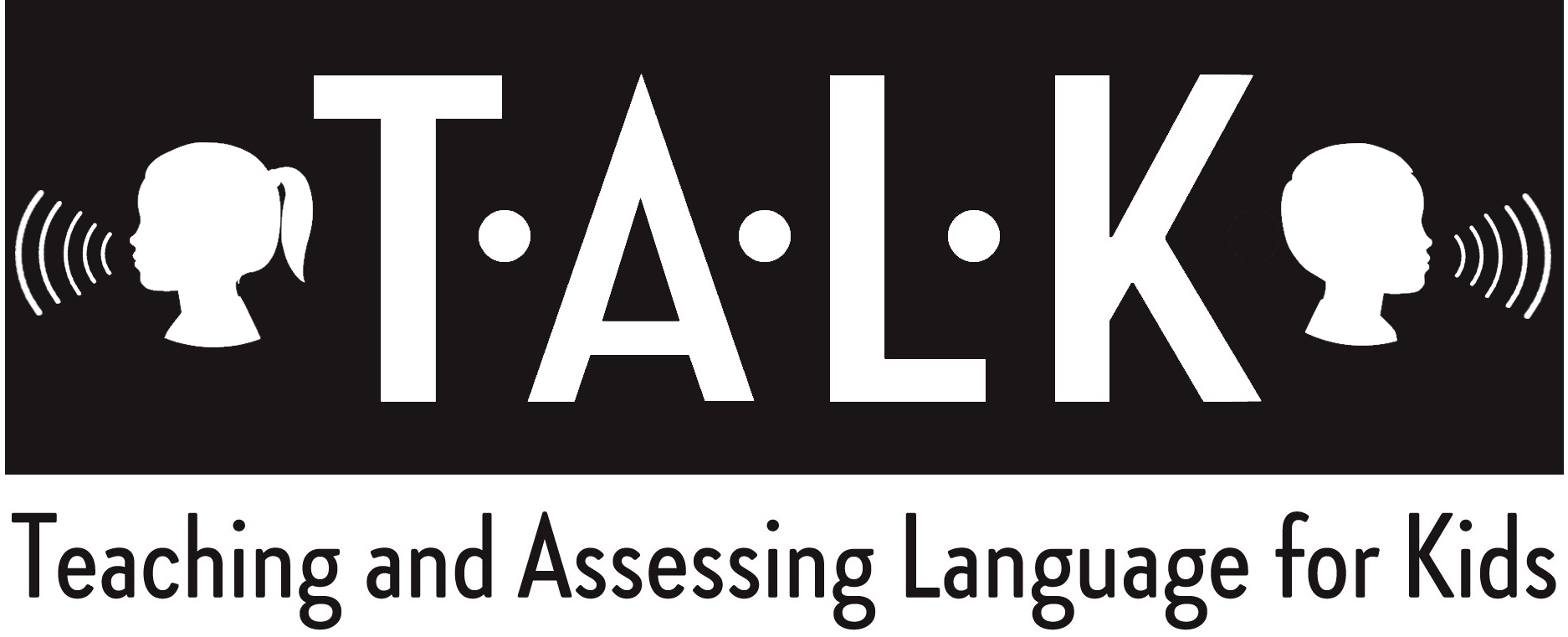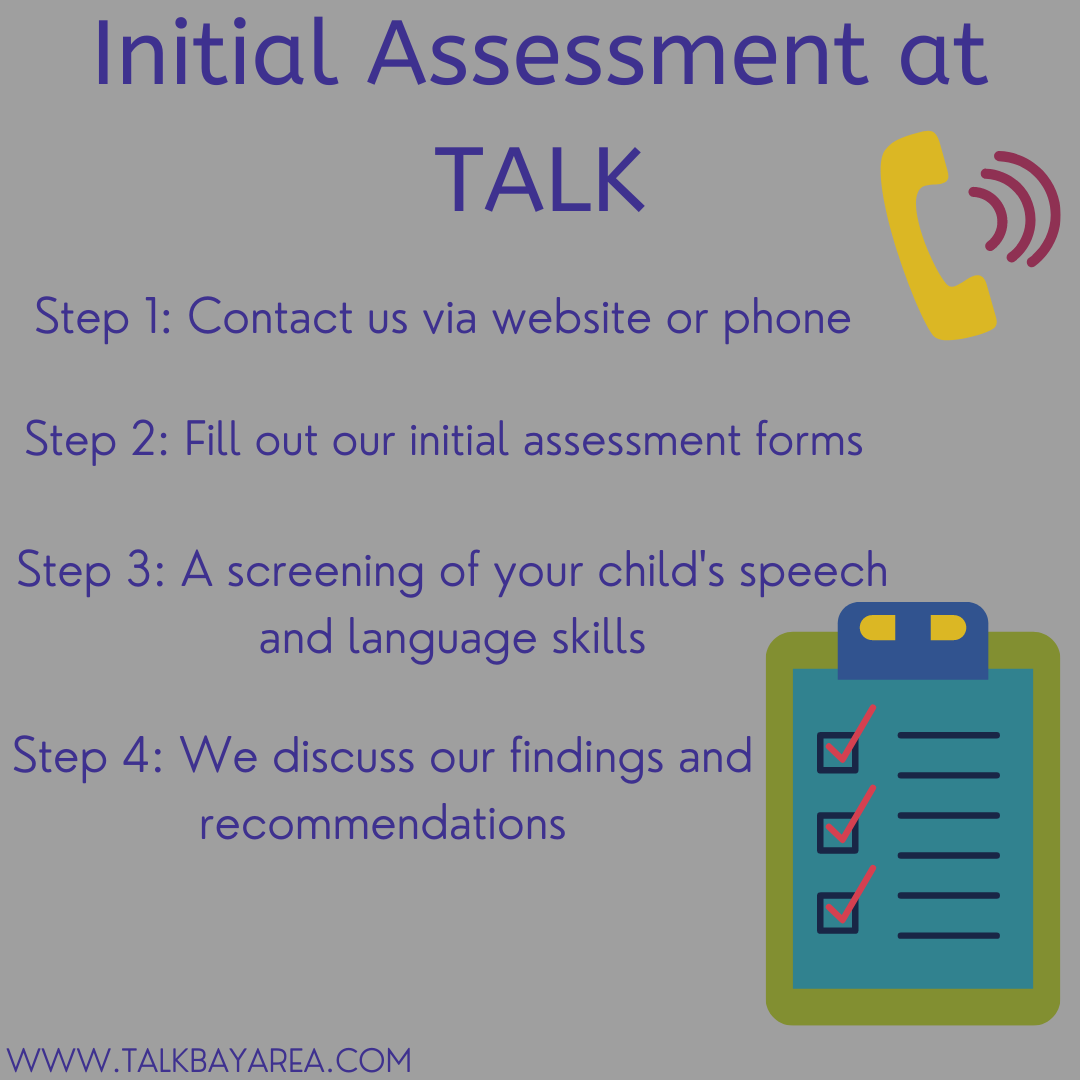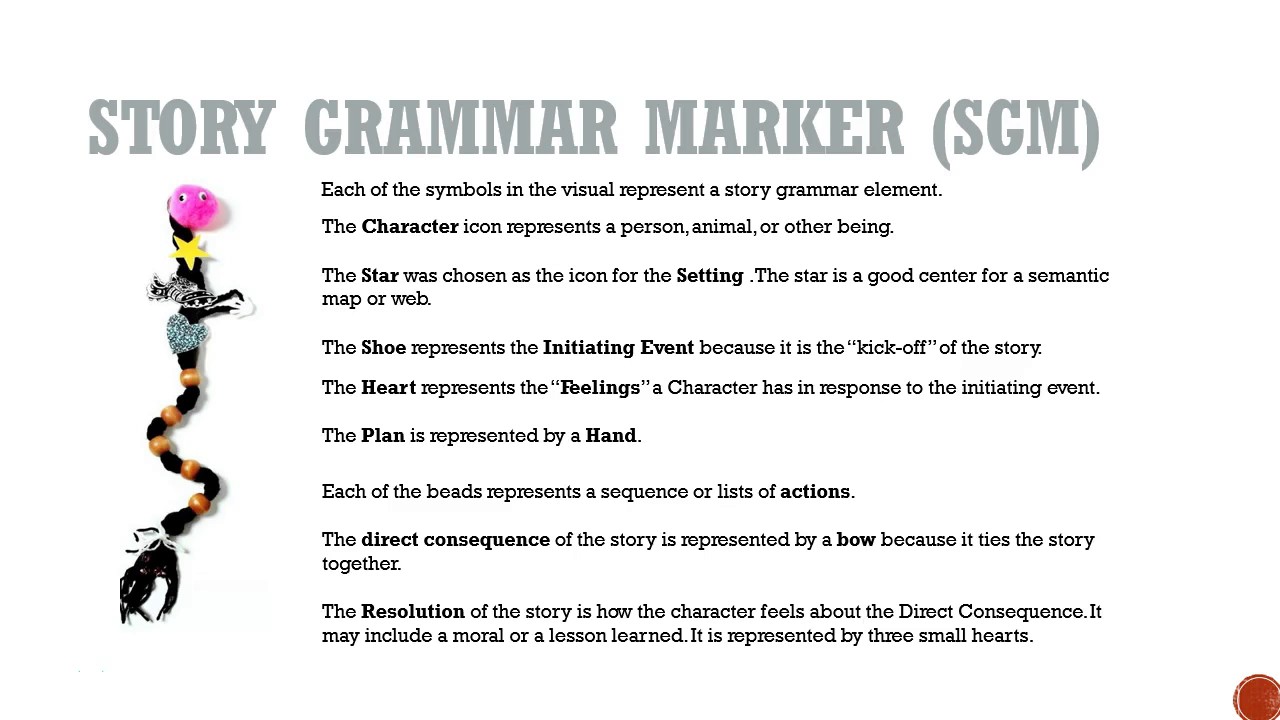It is often said that children’s brains are like sponges! Children quickly gain new language skills during the preschool years. They go from speaking in short, grammatically incorrect sentences to telling complex stories with nearly all the appropriate grammatical elements. These new language skills help children navigate the social world as they participate in more complex and cooperative play and resolve social conflicts with peers.
Recognizing these important years, President Johnson established the Head Start initiative in 1965. Head Start is a federally-funded program designed to promote the health, school-readiness, and well-being of children in low-income families. It was launched in part to ensure that children of all backgrounds met preschool language milestones in preparation for Kindergarten. In 1982, President Reagan established October as Head Start Awareness Month.
Since language development is so closely tied to school-readiness, we wanted to highlight language milestones expected during the preschool years. Here is a snapshot of some of these skills:
Three-Year-Old Language Skills
Follows three-step directions (e.g., Get your blue shoes from the kitchen)
Comprehends three sentence stories and answers simple questions
Combines three or four words into sentences to relate observations and ideas as well as ask questions
Understands and uses pronouns (e.g., he, she, they, you, your), prepositions (e.g., under), possessives (e.g., the boy’s), basic opposites (e.g., one/many, same/different, empty/full, clean/dirty, day/night), and regular plurals (e.g., cars)
Understands colors and basic shapes
Uses some grammatical constructions (e.g., -ing, is, are)
Four-Year-Old Language Skills
Follows four-step directions (e.g., Get your blue shoes and jacket from the kitchen)
Listens to five-seven sentence stories and answers simple questions
Uses a minimum of five-six-word sentences to deliver messages, retell simple stories, and ask more complex questions
Understands and uses possessive pronouns (e.g., his, hers, theirs), negation (e.g., he is not there), regular past tense (e.g., jumped), articles (e.g., a, the), conjunctions (e.g., and, but, so, because), and more complex spatial concepts (e.g., behind, far)
Names colors and shapes
Five-Year-Old Language Skills
Follows five-step directions (e.g., Get your blue shoes and green jacket from the kitchen)
Listens to a short passage and answers all question types (e.g., when, why, how)
Uses a minimum of six-to-eight-word sentences in grammatically correct sentences to relate elaborate stories and ideas
Children’s language skills really do grow in leaps and bounds during these years, which is partially why the federal government has focused on these years as critical for a child’s academic growth. Delays in language development during the preschool early years can lead to long-lasting delays during school-aged years. If you are concerned about your child’s language skills, please talk to your pediatrician or contact a nearby speech and language clinic. To find out more information about Head Start, please visit www.acf.hhs.gov/ohs.











































